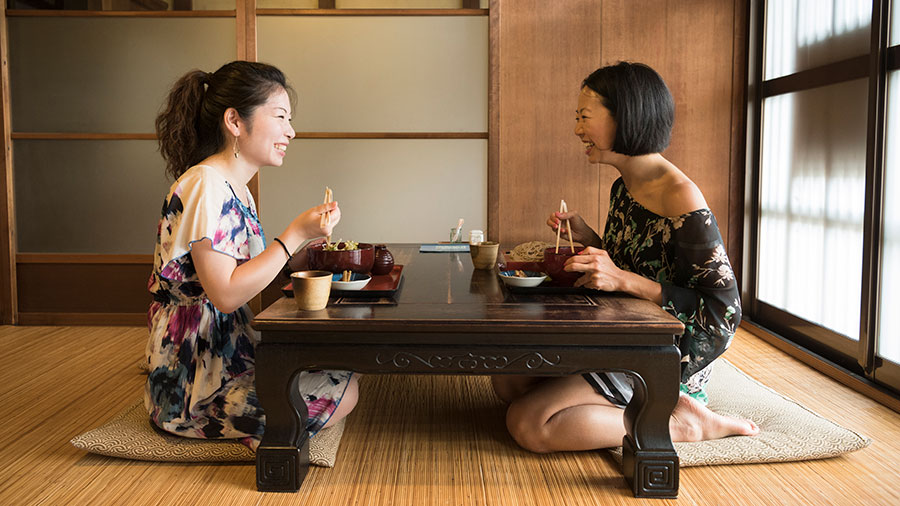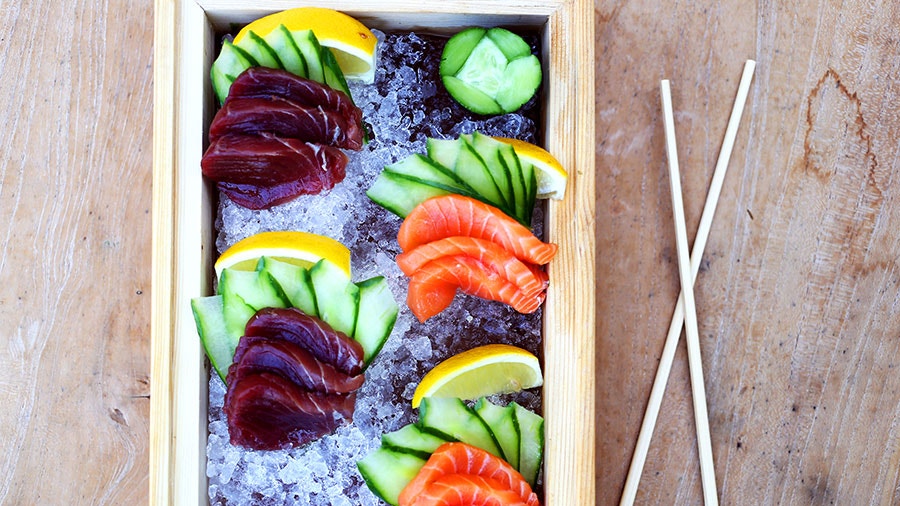A – Arigato
Arigato is the Japanese word for “Thank you,” and is pronounced ‘Ah-ree-gah-toh.’
B – Bento
A Bento is a lunch box-style take away or home-packed meal that traditionally contains rice, fish or meat, with pickled or cooked vegetables.
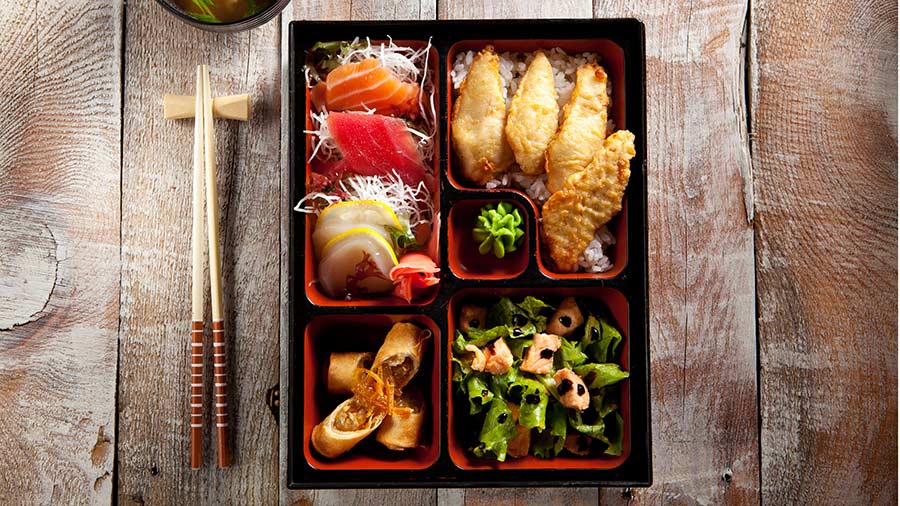
C - Chopsticks
Chopsticks are the traditional eating utensil in Japan.
D – Dorayaki
Dorayaki is a Japanese dessert consisting of two pancakes wrapped around a sweet red bean paste.
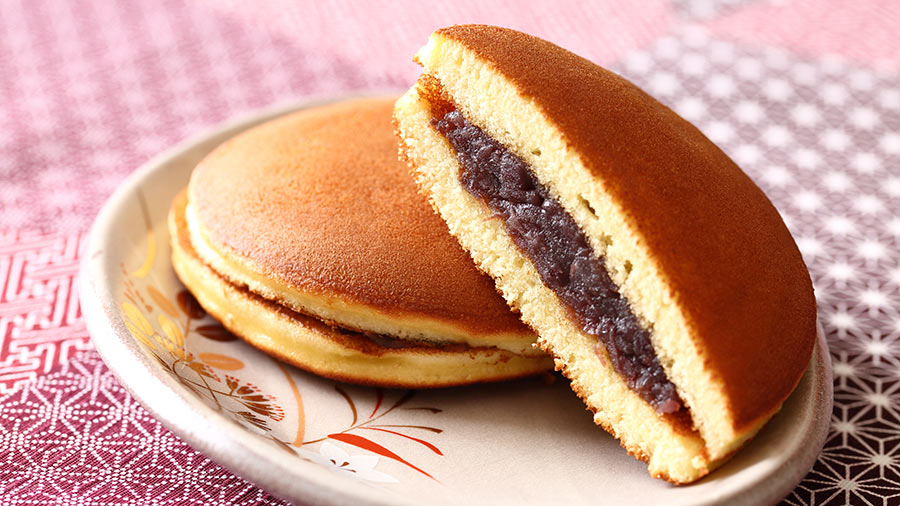
E – Edamame
Edamame is a popular Japanese side dish of immature soy beans in the pod, served boiled or steamed and salted.
F – Fugu
Fugu is the Japanese word for pufferfish, a delicacy that can only be served in approved restaurants because it is highly poisonous if prepared incorrectly.

G – Gyoza
Also known as ‘pot stickers’, Gyoza are savoury dumplings traditionally filled with ground pork, chives, spring onion, cabbage, ginger, garlic, soy sauce and sesame oil.
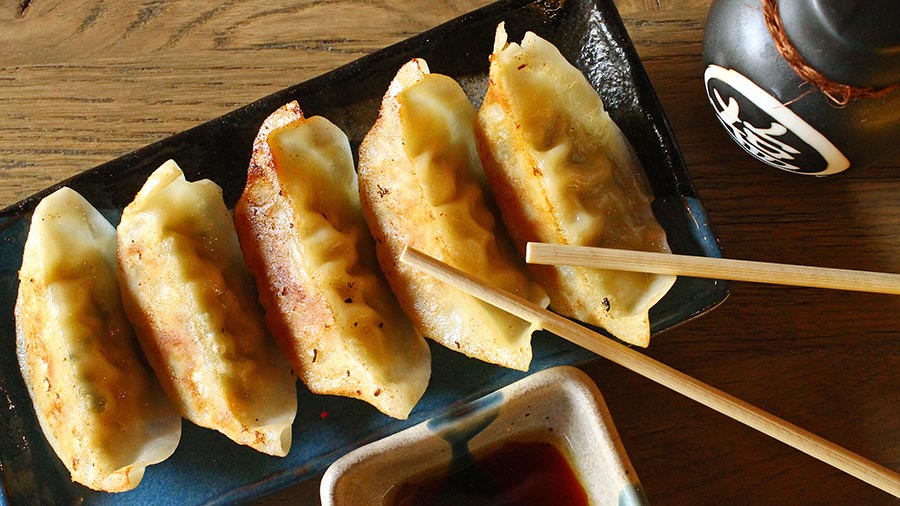
H – Harumaki
Harumaki are crispy Japanese spring rolls filled with meat such as pork, chicken or shrimp, and various vegetables such as shiitake mushroom, carrots, and vermicelli.
I – Irasshaimase
Irasshaimase (‘Ee-ra-shy-mass-eh’) is a common greeting used when entering a restaurant in Japan, meaning “Welcome!” or “Come in!”
J – Japan
The Japanese word for Japan is Nippon (or informally, Nihon), and the Kanji characters 日本 directly translate to ‘sun’ and ‘origin.’
K – Kaitenzushi
Known here in Australia and other Western countries as a ‘sushi train’, a kaitenzushi is a sushi restaurant where the dishes are delivered to diners on a conveyor belt.
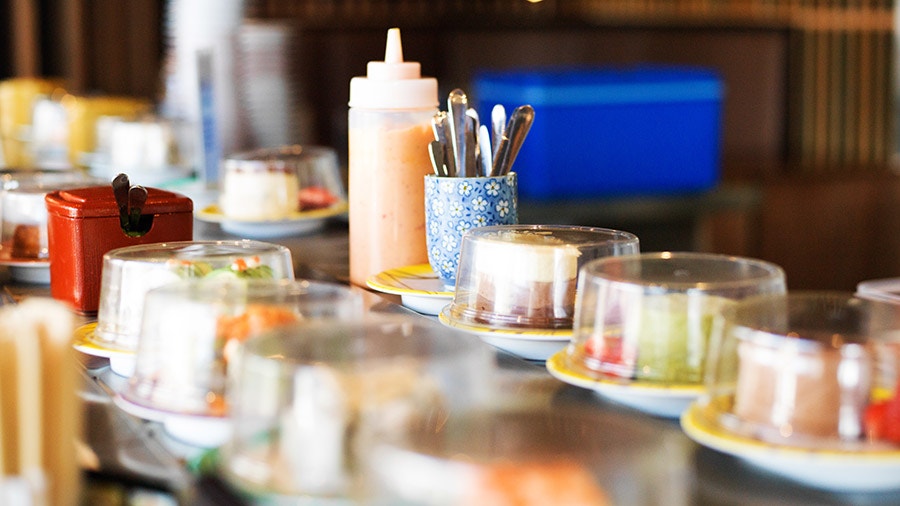
M – Miso
Miso is a traditional seasoning used for sauces and spreads, pickling vegetables and meat or, most commonly, mixed with a soup stock and served as miso soup.
N - Nigiri-zushi
Nigiri-zushi is the most common type of sushi in Japan, featuring a slice of raw fish, typically salmon or tuna, atop a compacted oblong piece of rice.
O – Okonomiyaki
Okonomiyaki, which literally means ‘grilled as you like it,’ is a popular savoury pancake made with flour, eggs, shredded cabbage, meat, and topped with a variety of condiments.
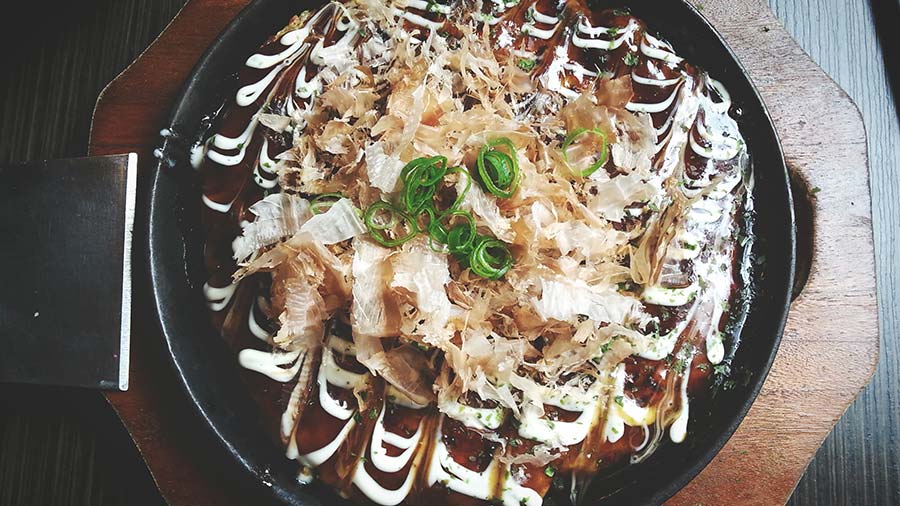
P – Ponzu
Ponzu is a tart, brown, citrus-based sauce. It's commonly used as a dressing for tataki (lightly grilled slices of meat or fish), and sashimi (slices of fresh raw meat or fish).
Q – Quakes
Japan is susceptible to earthquakes, tsunami, and seismic activity due to its location in the Pacific Ring of Fire; a string of volcanoes that stretches along the coastline from South America to New Zealand.
R – Ramen
Consisting of wheat noodles in a meat or fish-based broth, ramen is a very popular Japanese dish eaten at any time of the day.
S – Sashimi
Like sushi, sashimi features thinly sliced raw meat or fish, however, it is served on its own, without rice.

T – Tempura
Tempura is a popular street food-style of cooking in which seafood or vegetables are coated in a light batter and flash-fried in hot oil.
U – Udon
A type of thick wheat flour noodle, udon is often served hot in a mild broth called kakejiru.
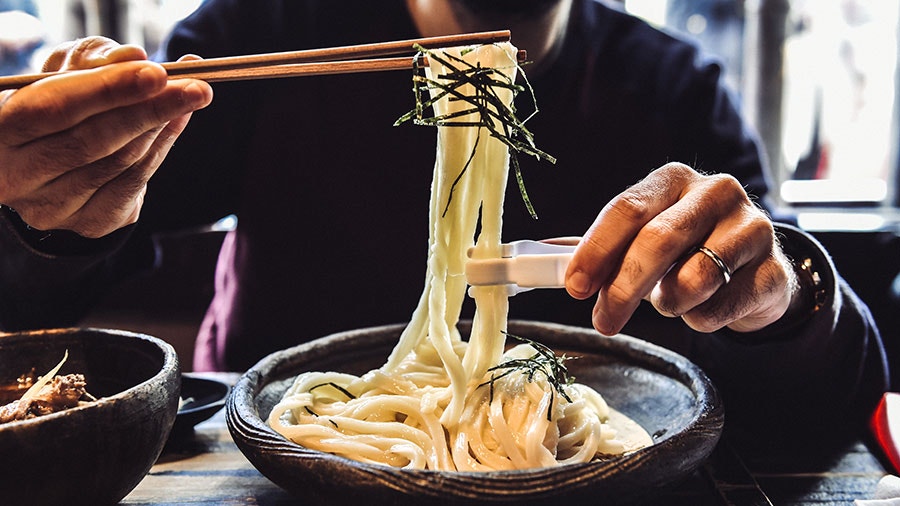
V – Vinegar
An essential ingredient in Japanese cooking, rice vinegar is used to give sushi rice its distinctive flavour and stickiness.
W – Wasabi
Often referred to as the Japanese horseradish, the bright green, peppery paste eaten with sushi and sashimi takes its name from the Wasabi plant it comes from.
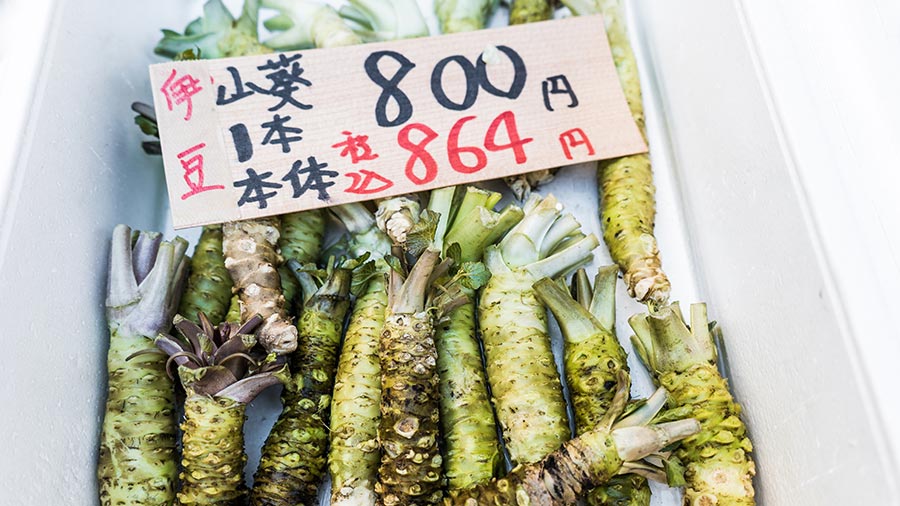
X – Non-X-istent
The English-language letter and sound "x" does not exist in the Japanese language.
Y – Yuzu
Yuzu is a lemon-like citrus fruit used as a garnish and seasoning. It is also used to make liquor, tea and ponzu.
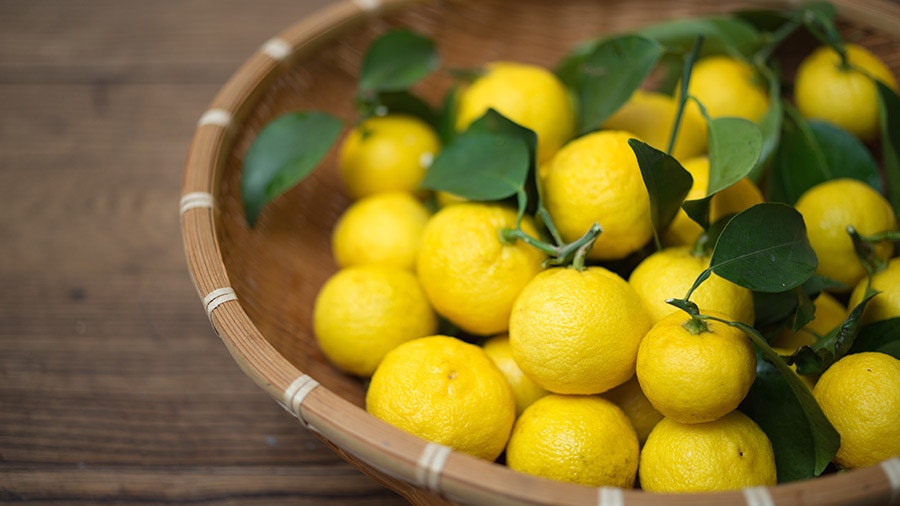
Z - Zashiki
Zashiki is a type of traditional floor seating found in homes and restaurants in Japan.
